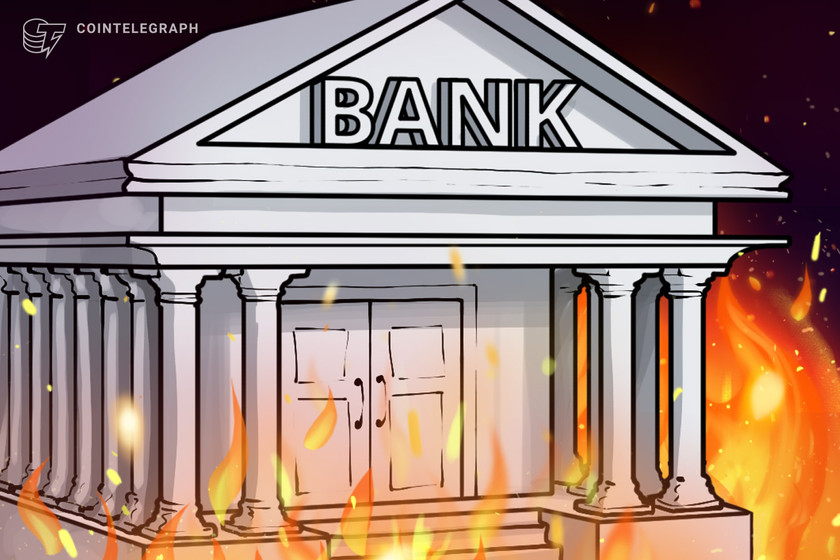UAE central bank signs deal for CBDC strategy


The CBDC strategy was first unveiled in February as part of the central bank’s program to position the UAE as a global financial hub.
The Central Bank of the United Arab Emirates (CBUAE) is inching closer to fully launching its central bank digital currency (CBDC) — the digital dirham — for domestic and cross-border payments.
According to an announcement on March 23, the CBUAE signed an agreement with Abu Dhabi’s G42 Cloud and digital finance services provider R3 to be the infrastructure and technology providers of the CBDC implementation.
In addition to addressing the challenges of domestic and cross-border payments, the central bank says it will also help boost financial inclusion as the country looks to become a “cashless society.”
The first phase of the CBDC strategy consists of the soft launch of “mBridge,” which facilitates CBDC transactions for international trade, along with proof-of-concept work for bilateral CBDC bridges with India, and domestic CBDC issuance for wholesale and retail use. This stage is expected to be completed in the next 12–15 months, the announcement said.
During the initial unveiling of the strategy on Feb. 12, the CBUAE governor Khaled Mohamed Balama said:
“The launch of our CBDC strategy marks a key step in the evolution of money and payments in the country. CBDC will accelerate our digitalization journey and promote financial inclusion.”
While the UAE looks to push the boundaries of CBDC use cases, debates over the asset’s viability in the United States continue.
Related: India, UAE to explore CBDC bridge to facilitate trade, remittances without USD
On March 21, Republican Senator Ted Cruz introduced a bill to block the U.S. Federal Reserve from issuing a “direct-to-consumer” CBDC over fears of it becoming a spying tool.
Meanwhile, a study released by a division of the U.S. Treasury claimed that integrating a CBDC into the economy would destabilize banks, calling the harm it could cause to banking “significant” in times of stress.
Nigeria, on the other hand, Nigeria is witnessing increased adoption of its eNaira, as paper currency faces severe shortages. The total number of CBDC wallets in Nigeria sits at 13 million, growing more than 12 times compared with October 2022.
As of March, 114 countries, representing over 95% of the global GDP, are exploring CBDCs. 65 nations are already in advanced stages, according to the U.S.-based think tank, the Atlantic Council.























